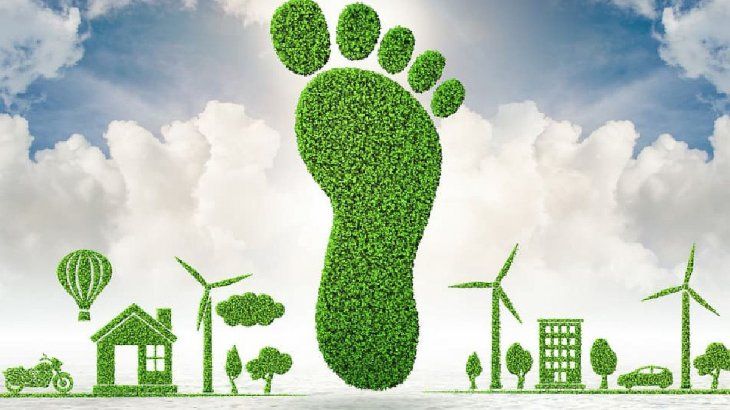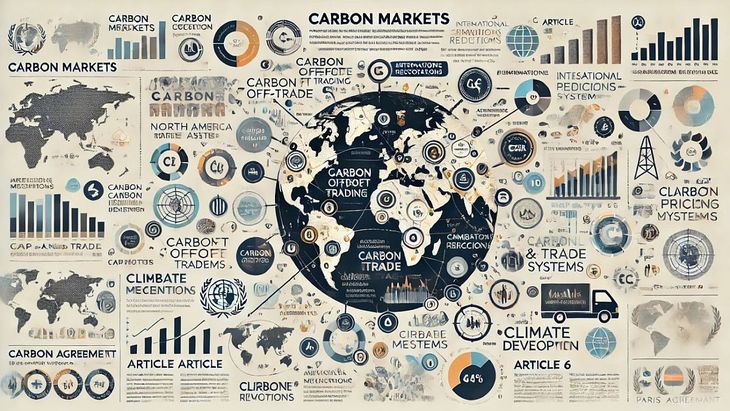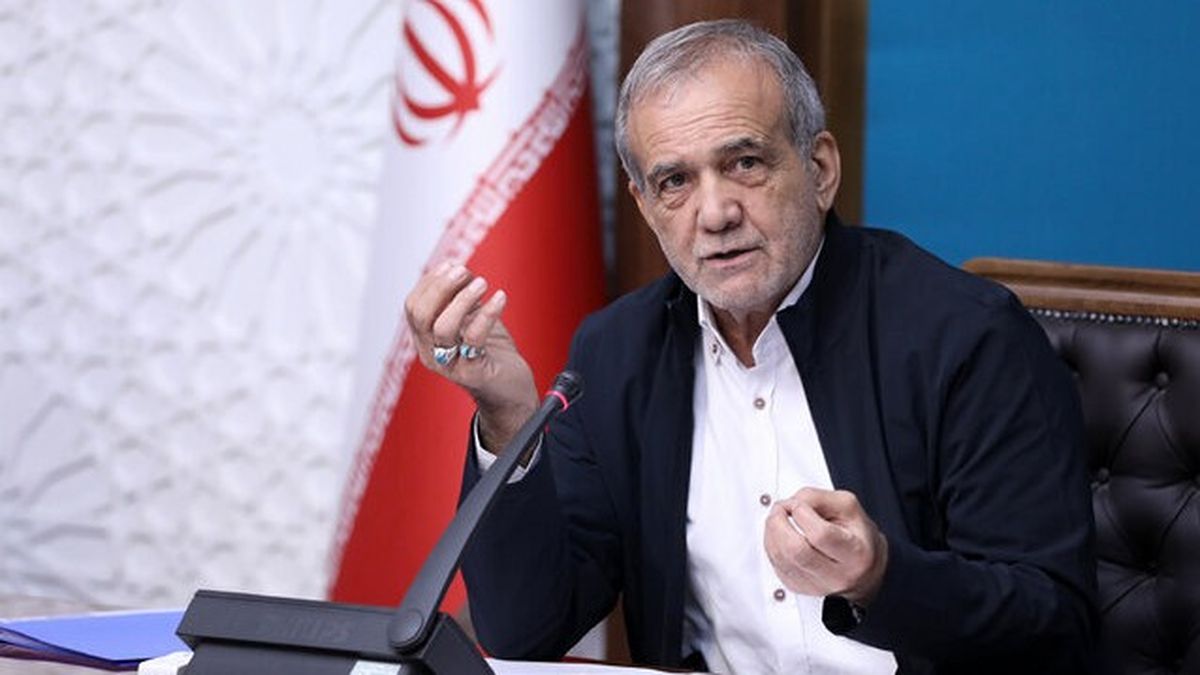The COP29 (29th Conference of the Parties (COP)) of the United Nations Framework Convention on Climate Change (UNFCCC) began last week in Baku, Azerbaijan and ends on the 22nd of this month. During this meeting, heads of state, presidents and representatives of more than 190 countries meet in order to advance negotiations that respond to the global climate crisis.
According to a report from the World Meteorological Organization (WMO) – published in June 2024 – there is an 80% chance that the planet’s average annual temperature will exceed pre-industrial levels by 1.5 °C. In such a context, COP29 will address key issues such as Nationally Determined Contributions (NDC), carbon markets under Article 6 of the Paris Agreement, adaptation measures and climate finance.
From the Argentine Carbon Table -created in mid-2022 with the objective of positioning Argentina in carbon markets at a regional and global level– the importance of Argentina being able to take its place of undeniable privilege in terms of carbon markets, both in the field of regional as well as international.
Carbon footprint.jpg
“The private sector has advanced in projects for the transfer of reductions with countries such as Switzerland and Sweden, but the necessary support from the national government to carry them out is lacking. Given that the Roundtable has promoted the Latin American Network of Carbon Market Associationsthere is knowledge of the processes that countries in the region are carrying out in this regard, leaving Argentina very relegated in this aspect,” they said in a statement sent to Energy Report.
“Within the framework of the international commitments acquired by our country and in alignment with the Paris Agreementit is crucial that Argentina accelerate the development of a robust structure to implement the Article 6 of the pact“, considered Juan Pedro Canocoordinator of the Table.
“International carbon markets can finance many emissions reduction projects in Argentina that are not viable today through voluntary markets.”. It is essential that our country – the national government with the support of the private sector – facilitates agreements and negotiation channels with other countries for potential international transfers of emission reductions.”the manager completed.
However, from the Casa Rosada for now they sent contrary signs to this unique opportunity to attract national and foreign investments and promote the growth of strategic sectors such as renewable energies, energy efficiency, sustainable forestry and agricultural management. President Javier Milei ordered the withdrawal of the Argentine mission on the third day of the UN world climate summit (COP29) which is celebrated in the city of Baku, capital of Azerbaijanand generated “great commotion” among the international delegations.
Why Article 6 of the Paris Agreement is important
This section of the agreement establishes the foundations for the global carbon market and promotes international cooperation in climate change mitigation through bilateral emissions reductions transfer agreements. Several countries in the region, such as Colombia, Chile and Uruguay, They have already made progress in signing these bilateral agreements with European and Asian countries, such as Switzerland, Japan, Singapore and Swedensecuring its place at the negotiating table and strengthening its positions in the global carbon market.
The implementation of Article 6 offers Argentina a unique opportunity to attract investment. However, the lack of a regulatory framework and national positioning strategy that allows and facilitates these agreements places the country in a disadvantageous position compared to other countries in the region, which are already in advanced conversations to take advantage of the economic and environmental benefits. of bilateral carbon agreements. These agreements not only generate additional revenue, but also position the signatory countries as leaders in climate innovation and sustainability.
Carbon Footprint.jpg

On the other hand, it is observed that the doors of the voluntary market and CORSIA (a global market-based measure designed to offset CO2 emissions from international aviation) are beginning to close if the country does not begin to generate the necessary structure to implement he Article 6 of the Paris Agreement.
Those interested in buying credits or investing in project development in Argentina ask about how the country is preparing to implement said article. In fact, some of them ask for it as something “desirable” and others as an exclusive requirement. Basically the voluntary market is shrinking for projects in Argentina with the current situation.
Carbon markets.jpg

“It is essential that Argentina is not left out in this historic opportunity.”. Leadership in Article 6 of the Paris Agreement will not only depend on the will of its international partners, but also on our country’s ability to establish the necessary regulatory foundations and strengthen its diplomatic relations with countries interested in collaborating under this mechanism. Each year that passes without significant progress represents a potential loss of investments and sustainable development opportunities, as well as a decrease in the country’s climate competitiveness,” Cano noted.
How much money does Argentina lose by not promoting emissions capture and reduction projects?
According to data from the Carbon Roundtable, since 2005 the total value of voluntary markets was US$10,000 million total, while only in the years 2021 and 2022 the annual values were u$2 billion annuallywhich shows its growth. The value of the markets almost quadrupled in 2021 and 2022 driven mainly by projects in the forestry and agricultural sector, usually known as Solutions Based on Nature.
“Argentina has great potential to not only meet its international commitments through traceable mechanisms, but also to be a provider of emissions reductions to the world. If in Argentina emissions capture and reduction projects were developed and certified in only 10% of the country’s agricultural and forestry area, It could be preliminarily estimated that the commercialization of the carbon certificates/credits generated by these projects could represent total income of between US$10,000 and US$14,000 million.added the manager. These figures represent between US$250 million and US$350 million annually.
Carbon neutral forests.jpg

“If this calculation is carried out to 50% of the agricultural and forestry area, it would represent between US$1,100 and US$1,750 million annually, which can be compared to the income generated by the mining and meat and poultry production complexes. “ros.”
Currently there are at least 170 types of technologies for generating carbon credits through the capture and reduction of emissions, both from the forestry and land use sectors, as well as from the renewable energy, energy efficiency, homes and communities, industrial production, transportation, waste management and agriculture.
Carbon markets are a mechanism for reducing emissions through private management mainly, using market mechanisms. It does not require investment or public financing, but it does require that the State be able to guarantee the conditions for the sector to develop. “An opening to international carbon markets will allow investments to implement this type of projects in various productive sectors of the country,” Cano concluded.
Source: Ambito




